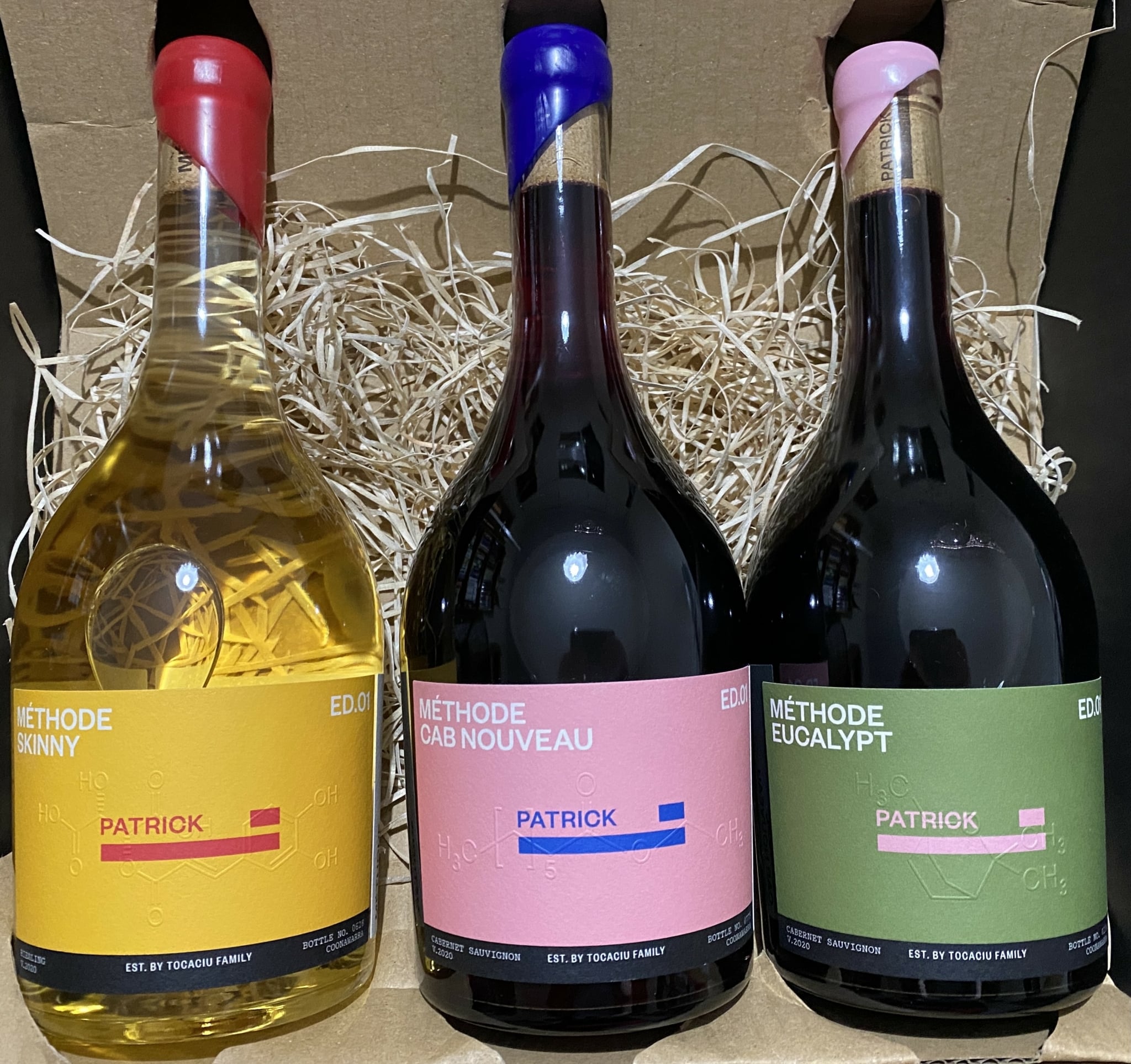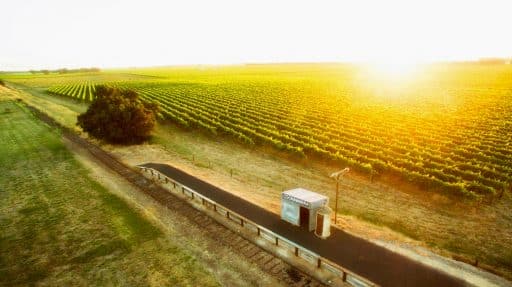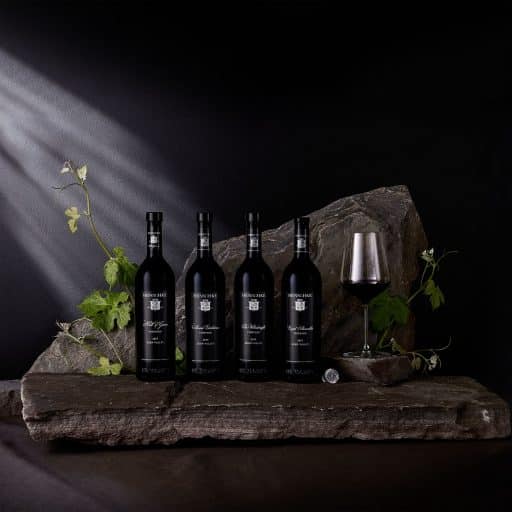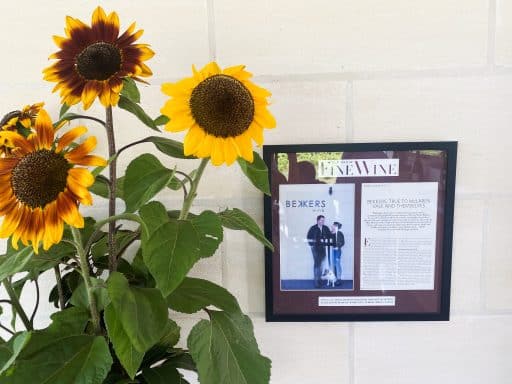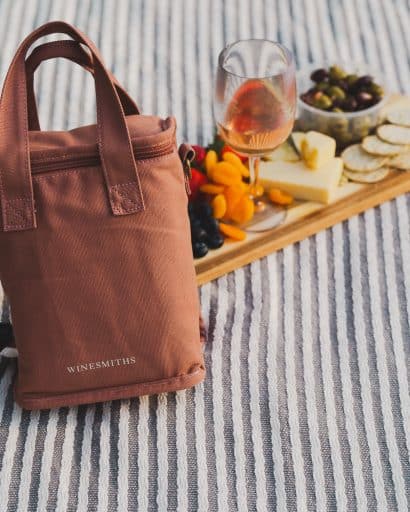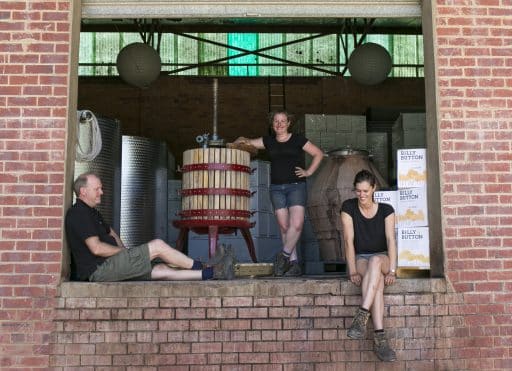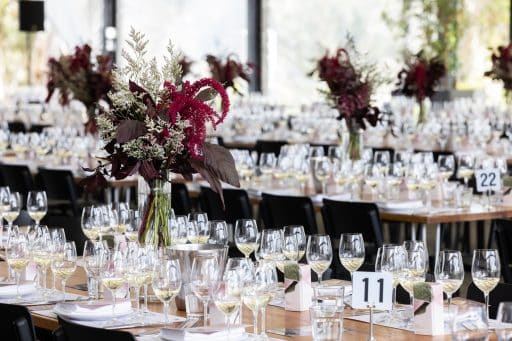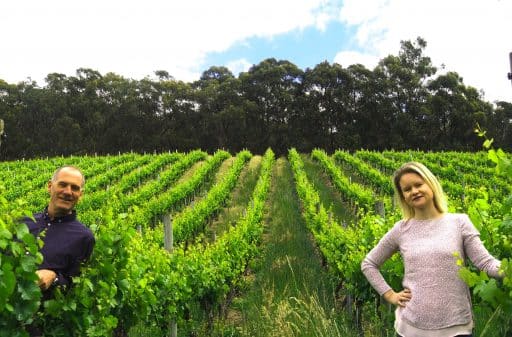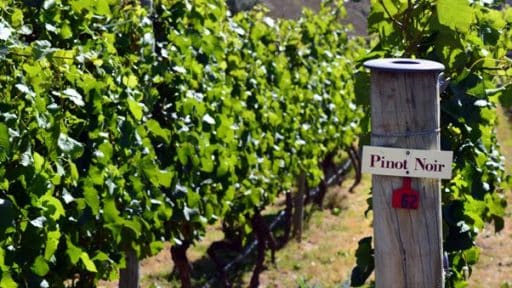I think it’s great when winemakers try to do things a little differently, such as using winemaking methods which are not often associated with a certain grape variety, or trying to emphasise different characteristics. That’s why I was keen to get my hands on the new Méthode range from Patrick of Coonawarra, made by winemaker Luke Tocaciu, which showcases riesling and cabernet sauvignon, but not how we usually see them.
2020 Méthode Cab Nouveau – $32
Cabernet (particularly from Coonawarra) is not usually described with words such as ‘light body’, ‘soft’ and ‘approachable’, but why not? We’re so accustomed to seeing tannic monsters that often need several years of cellaring just to settle down, that seeing the antithesis of this can seem quite rebellious.
Following picking and crushing, the juice spent only two days on skins, ensuring a minimum amount of skin contact and tannin/colour extraction, with some carbon dioxide covering the must, allowing spontaneous fermentation with natural yeasts. The grapes were then pressed and the wine transferred to puncheons, completing malolactic fermentation and resting on its lees before racking. While the wine is named ‘Nouveau’, this was more of a stylistic inspiration (based on Beaujolais nouveau, which I explored here), as the wine was made without carbonic maceration.
As expected, the Cab Nouveau is light, juicy and tasty. There are pronounced aromas of blackberry, cherry, plum, liquorice and mint, plus fruit sweetness on the palate with the ‘nouveau’ aspect shining through with its delicate flavours. This is not a heavy, overwrought cabernet but one that can and should be drunk when still young while the fruit is looking its best.
2020 Méthode Skinny Riesling – $32
Riesling is a very versatile grape, capable of producing eye-wateringly acid-driven citrus bombs, full-bodied floral and blossom tinged dry styles, as well as sumptuous dessert wines that last for decades. Skin-contact riesling is also becoming more common, in an effort to add some texture, as well as some aromatic intensity from zesty or spicy notes.
Tocaciu approached the Méthode Riesling with a desire ‘to take the traditional crisp, fresh style of Riesling and give it body and texture.’ After pressing, 20% whole berries were added back to the juice, which was then fermented on skins and aged on its lees in old oak for six months.
The resulting wine achieves the longed-for body and texture, taking it away somewhat from the usual riesling fruit characteristics and into the territory of something like chardonnay, or even oloroso sherry, with its oxidative edge. There’s a burst of apple upon pouring yet that quickly morphs into lemon, lemon zest, and creamy, nutty and waxy aromas which carry through to the palate, supported by a lovely mouthfeel and nice acid.
The wine is made to enjoy with food and I heartily agree; I recommend trying it with something salty like a soft or hard cheese and crackers, or even fish and chips, which can really soften the edges and help emphasise the fruit.
2020 Méthode Eucalypt Cabernet – $32
It’s well known that the aromas and flavours of grapes can be influenced by their environment – both positively and negatively – such as from nearby plants, or even from smoke in the atmosphere (this Decanter piece is an interesting read on the subject). Tocaciu wanted to test how the red gum eucalypts next to their cabernet vineyard would influence the grapes grown within 50 metres of them – and they sure do.
In order to increase the amount of 1, 8 Cineole (the chemical compound which gives the eucalyptus aroma and flavour), the grapes were mechanically harvested and the ferment also included grapes leaves and stems. The grapes were crushed without destemming, fermented spontaneously with natural yeast, and then the wine was aged in 500L oak puncheons for 12 months.
No surprises then that smelling the wine is like being in a eucalypt forest on a misty morning (poetic, eh?). The eucalyptus aroma really jumps from the glass, but it’s not the only smell, as there’s also blackberry and cherry, as well as some earthiness and savouriness. What really helps the wine on the palate is its strong acidity and chalky texture, giving it a vibrancy and lovely mouthfeel. If you’re not a huge fan of eucalyptus properties in wine, I tried some before and with dinner (pad thai) and the food helped to make the wine more approachable and highlight the fruitiness.

